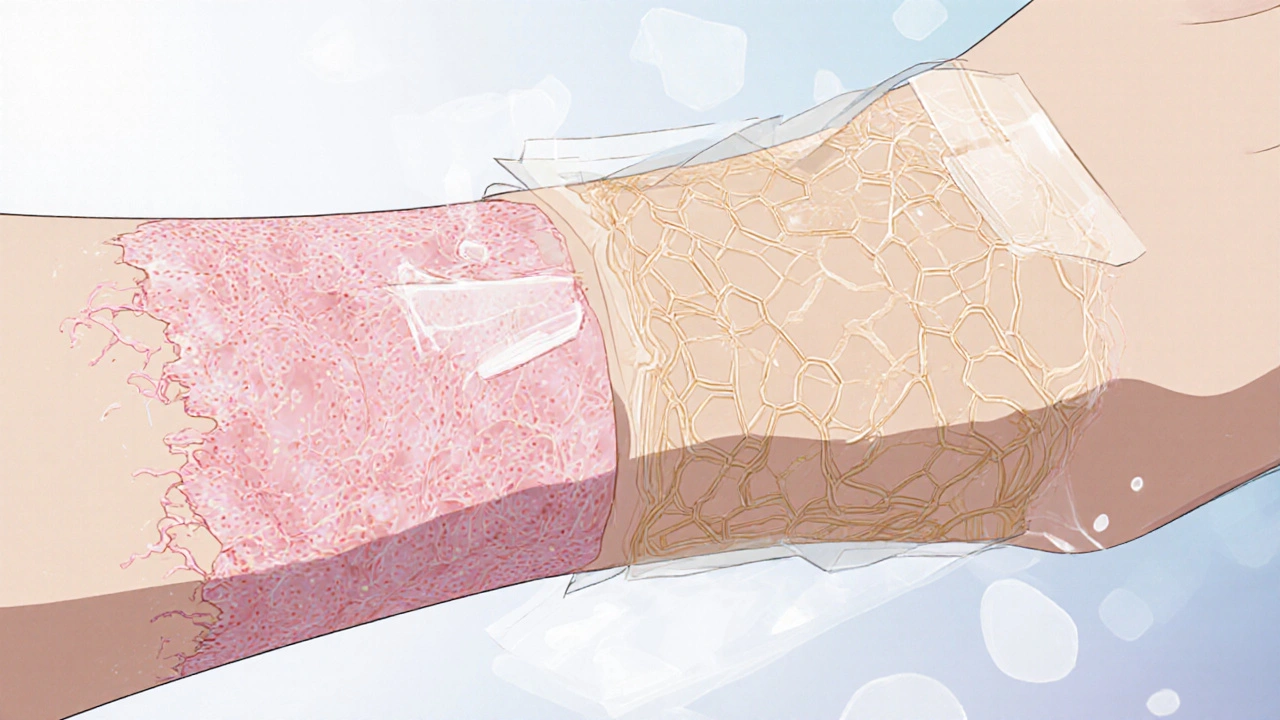Massage Therapy: What It Is and Why It Helps
If you’ve ever felt tight shoulders after a long day or sore muscles after a workout, you know how good a rub down feels. That simple pleasure is called massage therapy – a hands‑on practice that squeezes, strokes, and kneads the body to ease tension, boost circulation, and support overall well‑being.
Massage isn’t just about relaxation; it can actually lower cortisol (the stress hormone), improve joint range of motion, and even speed up recovery after an injury. Think of it as a shortcut for your body’s own repair system. The best part? You don’t need fancy equipment – just a trained therapist or some basic techniques you can try at home.
Common Types of Massage
There are dozens of styles, but a few show up most often in clinics and gyms:
- Swedish massage: Long, gliding strokes that calm the nervous system. Ideal for beginners or anyone looking to unwind.
- Deep tissue massage: Stronger pressure aimed at deeper muscles and connective tissue. Great for chronic pain or tight knots.
- Sports massage: Tailored to athletes, it blends stretching with targeted work on overused muscles. Helps prevent injuries and speeds up post‑game recovery.
- Trigger point therapy: Focuses on tiny, painful spots that refer pain elsewhere. Pressing these points can release tension far beyond the area being treated.
- Myofascial release: Gentle, sustained pressure on the fascia (the web‑like tissue surrounding muscles). It smooths out restrictions that limit movement.
You don’t have to stick to one style. Many therapists blend techniques to suit your specific needs, whether you’re dealing with a stiff neck or recovering from surgery.
Practical Tips for Safe Self‑Massage
Sometimes visiting a professional isn’t possible, so here are quick ways to give yourself relief without causing harm:
- Warm up first: A hot shower or a warm towel raises blood flow and makes tissues more pliable.
- Use the right tools: A tennis ball, foam roller, or even a handheld massage gun can target hard‑to‑reach spots. Start gently and increase pressure only if it feels good.
- Move slowly: Apply pressure for 30–60 seconds on each tight area, then release. Rapid movements can bruise muscles.
- Breathe deep: Inhale through the nose, exhale through the mouth. Proper breathing helps your body relax and respond to the massage.
- Know when to stop: Sharp pain, tingling, or dizziness are signs you’ve gone too hard. Switch to lighter strokes or pause altogether.
If you have a medical condition—like recent fractures, severe osteoporosis, or open wounds—talk to a healthcare provider before starting any self‑massage routine.
When you’re ready for professional help, look for licensed therapists with good reviews. A quick phone call can confirm they specialize in the type of massage you need and that their space follows hygiene standards.
In short, massage therapy is a low‑cost, low‑risk tool you can add to almost any health plan. Whether you book an hour with a therapist or roll a foam cylinder on your own, the goal stays the same: release tension, improve circulation, and feel better fast. Give it a try today and notice how much lighter you feel after just a few minutes of focused pressure.
Physical Therapy for Better Scar Healing & Prevention
Explore how physical therapy techniques like myofascial release, scar massage, and compression can speed scar healing, reduce visibility, and prevent restrictive scar tissue.
Massage Therapy for Genotype 3 Hepatitis C: Benefits, Risks, and Safe Use
Can massage help with genotype 3 hepatitis C? Learn benefits, limits, safety rules, and how to use massage alongside treatment-without risking your liver.


